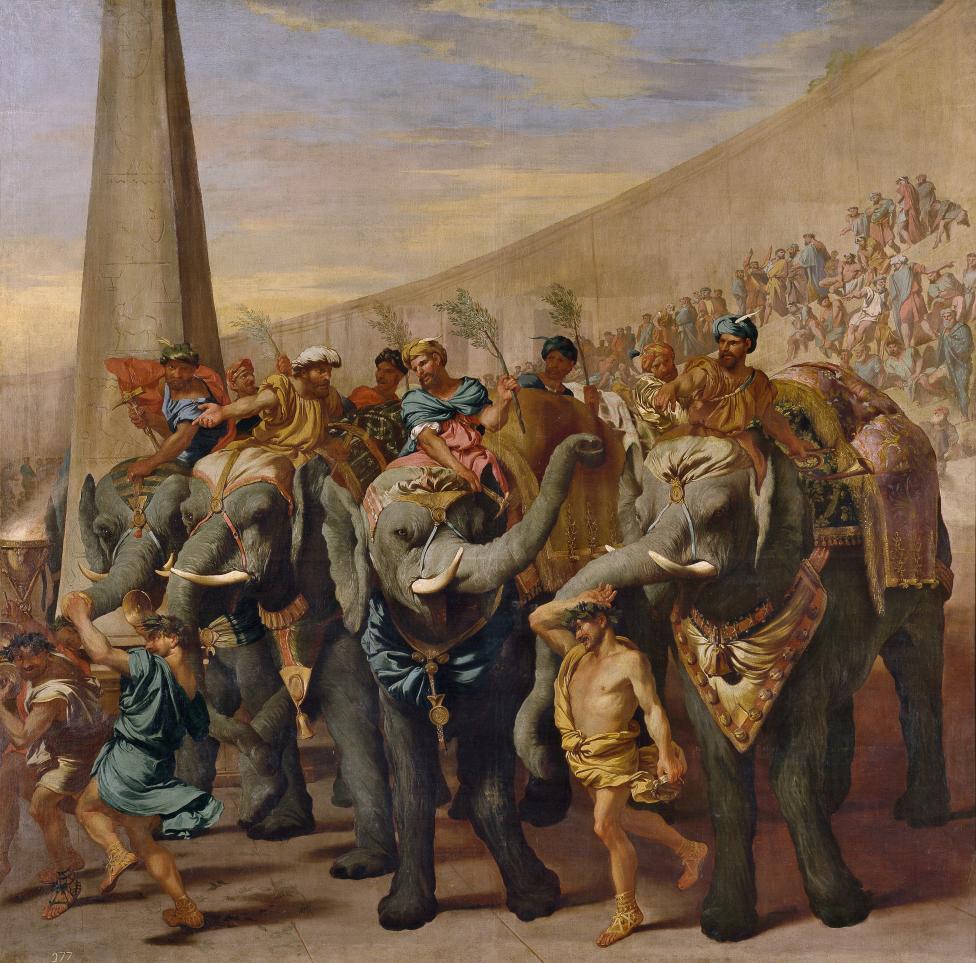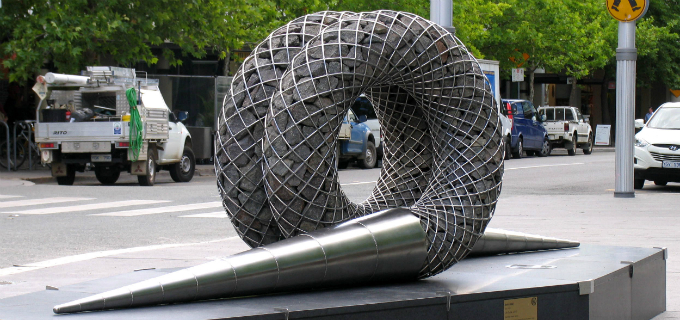
Symposium | Friday 16th May 1:30pm
Delve into the main themes of the show with papers presented by key international and local speakers.
Venue: NGV International, 180 St Kilda Road, Clemenger BBDO Auditorium, Ground Level
Bookings: Ph +61 3 8662 1555, 10am-5pm daily, Booking Code P1454
‘The father of the Prado is Titian’: Italian Renaissance painting at the Museo del Prado | Speaker Miguel Falomir Faus, Head of Italian & French Painting Department (after 1700), Museo del Prado, and guest co-curator
While the Prado opened its doors in 1819, and is thus contemporaneous with other leading European museums, it did not share their encyclopaedic vocation. It was, instead, a home for the Royal Collection. The Prado’s holdings of Italian art was largely formed by the taste of the Habsburg rulers of Spain, firstly that of Charles V and his son Phillip II, whose love of Titian and Venetian art signalled the direction of Royal collecting for 150 years. Over the ensuing generations of Habsburg rulers, the collecting of Italian art expanded beyond the Veneto. This presentation will offer insights into the unique origins of the Museo del Prado, and how its early years were shaped by Italian art.
Seventeenth- and eighteenth-century Italian painting at the Museo del Prado | Speaker Andrés Úbeda de los Cobos, Senior Curator, Italian & French Painting (to 1700), Museo del Prado, and guest co-curator
In 1633, the painter Vicente Carducho mocked the fact that Spanish collectors preferred Italian painting to that of their own country. He was reflecting on the fact that the work of Italian artists was omnipresent in seventeenth-century Spanish collections, especially the Royal collections. This trend continued into the 18th century and developed further when the Spanish court attracted the finest Italian decorative artists to Madrid. This paper will explore this phenomena and reflect on the changes in taste for Italian art in Spain.
Jusepe de Ribera in the NGV | Speaker Laurie Benson, Curator, International Art, NGV and coordinating curator
The Spanish artist Jusepe de Ribera was a much admired artist. For a long time he was on the list of painters whose work was highly desired for the collections of the National Gallery of Victoria. Eventually a very fine painting by Ribera did enter the collection, however previous attempts to acquire his work met with somewhat mixed and surprising results.
Killing Animals: Codazzi’s Roman Ampitheatre and the Buen Retiro | Speaker David Marshall, Principal Fellow, Art History, School of Culture & Communication, The University of Melbourne
The sectioned view of the Colosseum, one of four paintings by Viviano Codazzi and Domenico Gargiulo from the Buen Retiro, shows a representation of animal fights in the arena that alludes to the Roman ritual slaughter of animals known as the venatio. This paper argues that a courtly spectator would have been well aware of the correspondences between contemporary social practices and this painting and other representations of ancient customs commissioned for the Buen Retiro.
Opening Weekend Carinvale | Sat 17 – Sun 18 May, 10am–5pm
Immerse yourself in the era of the great Italian Renaissance masters Raphael, Correggio and Titian, through a range of insightful talks, tours and presentations, and enjoy Baroque music ensembles as they provide a perfect backdrop to your viewing of Italian Masterpieces.
Cost Free and ticketed programs, admission fees apply Venue NGV International, Ground Level
Website: http://www.ngv.vic.gov.au/whats-on/programs/public-programs/opening-weekend-carnivale
The Prado lecture and discussion series also begins this weekend – more details here.





